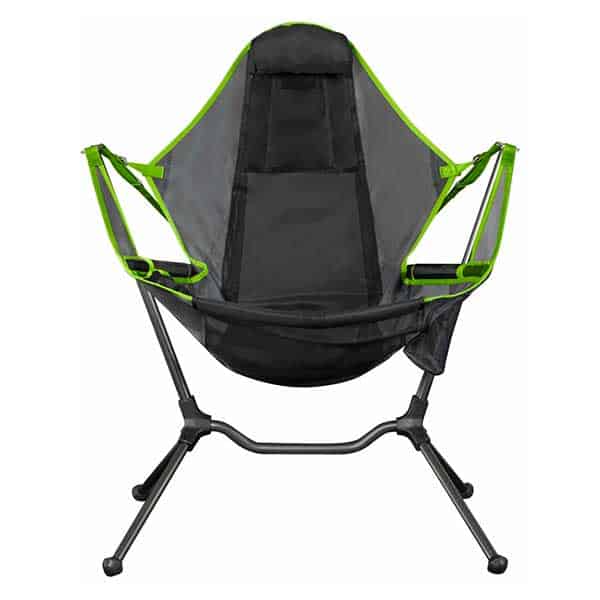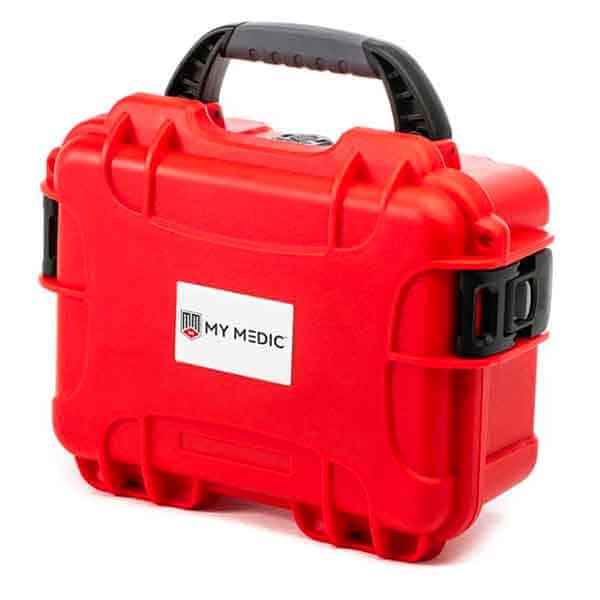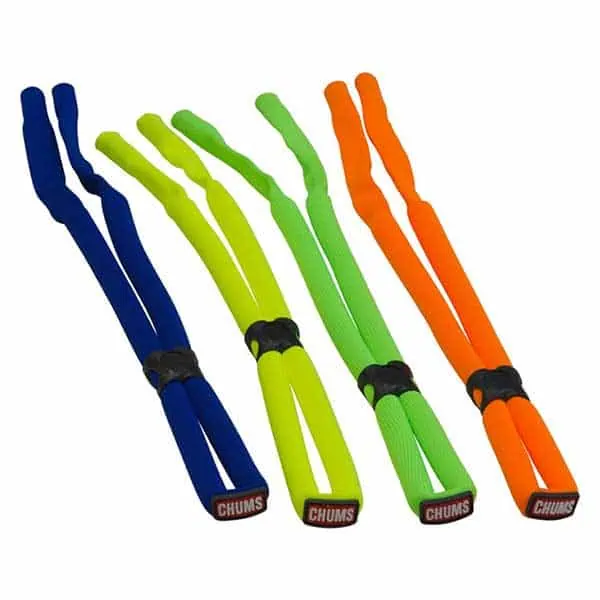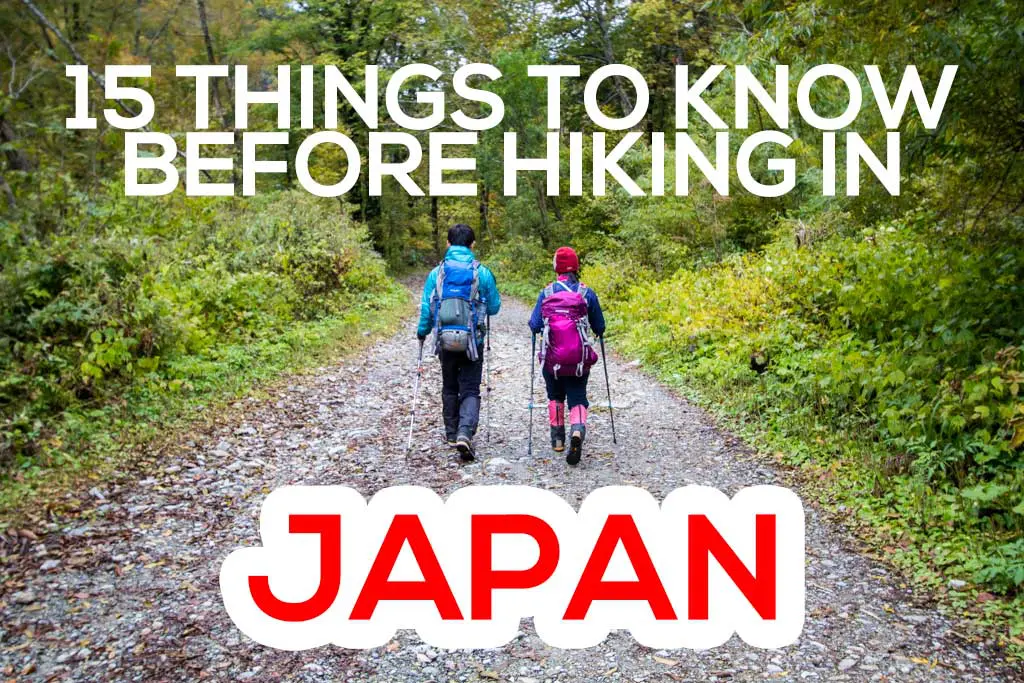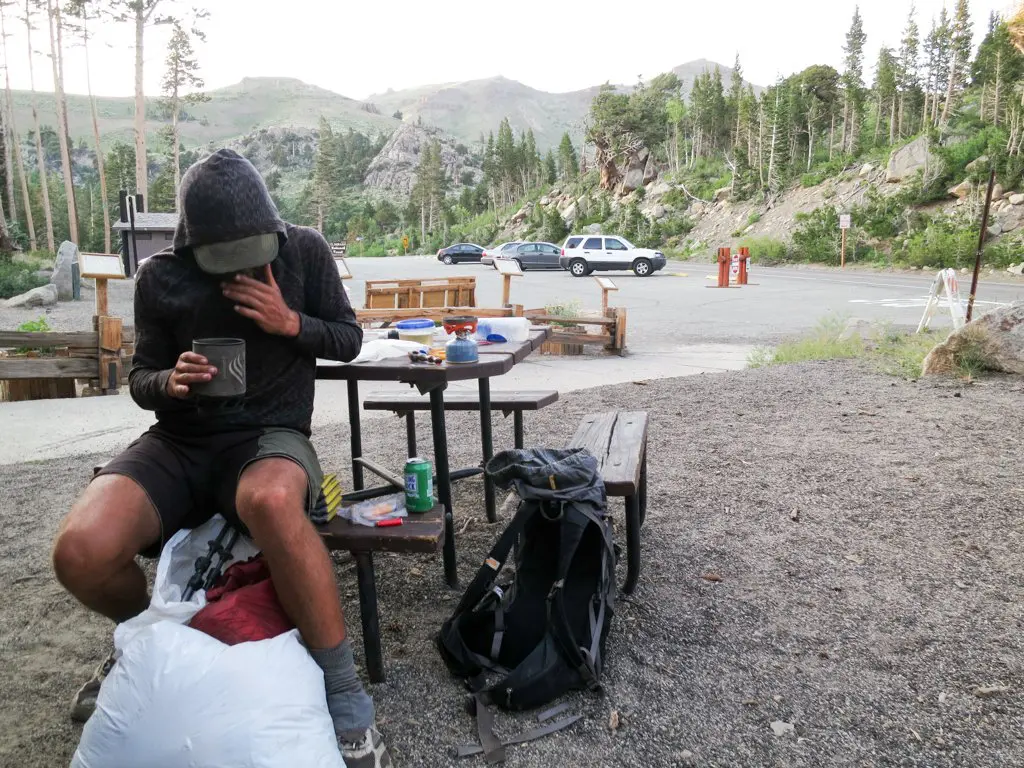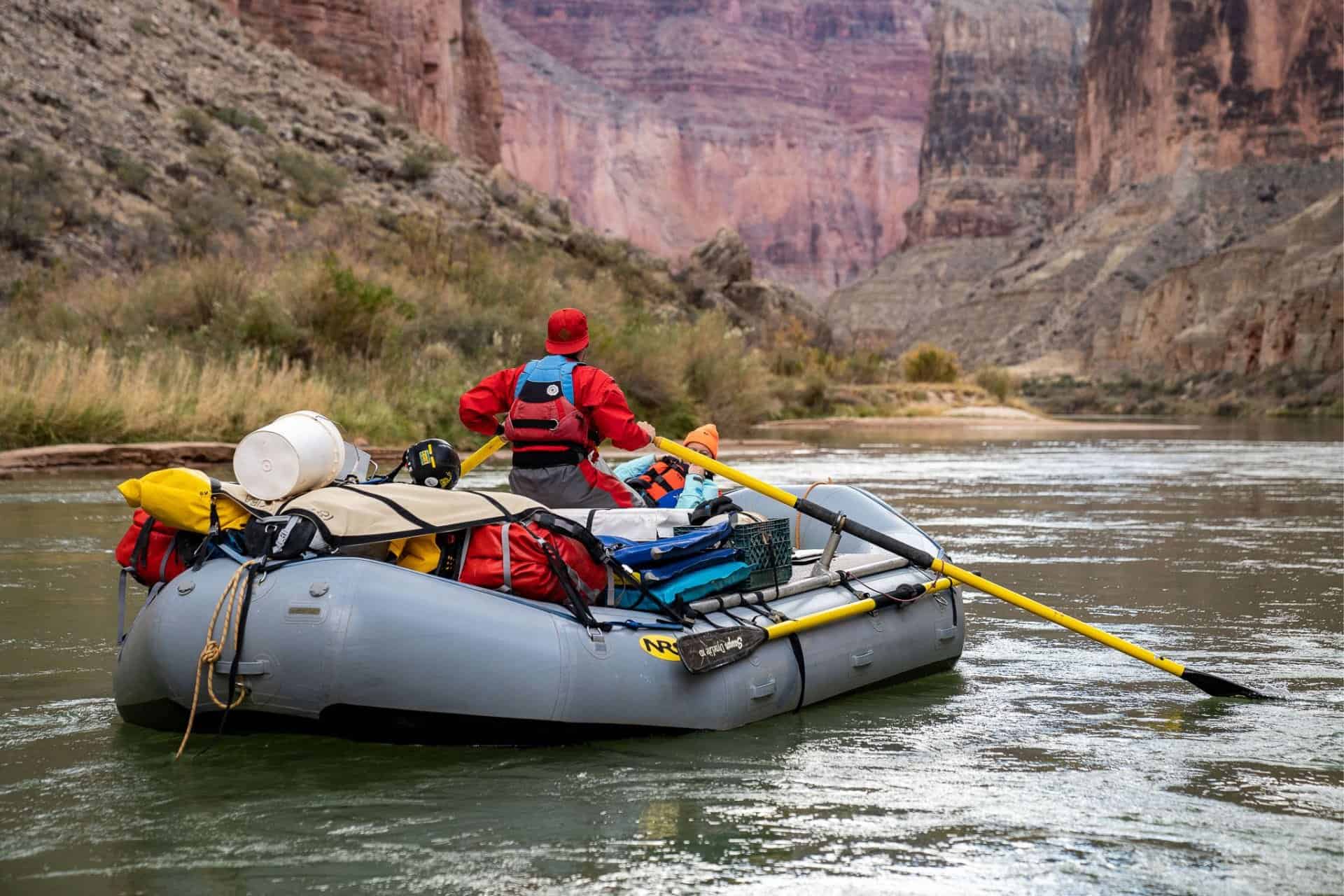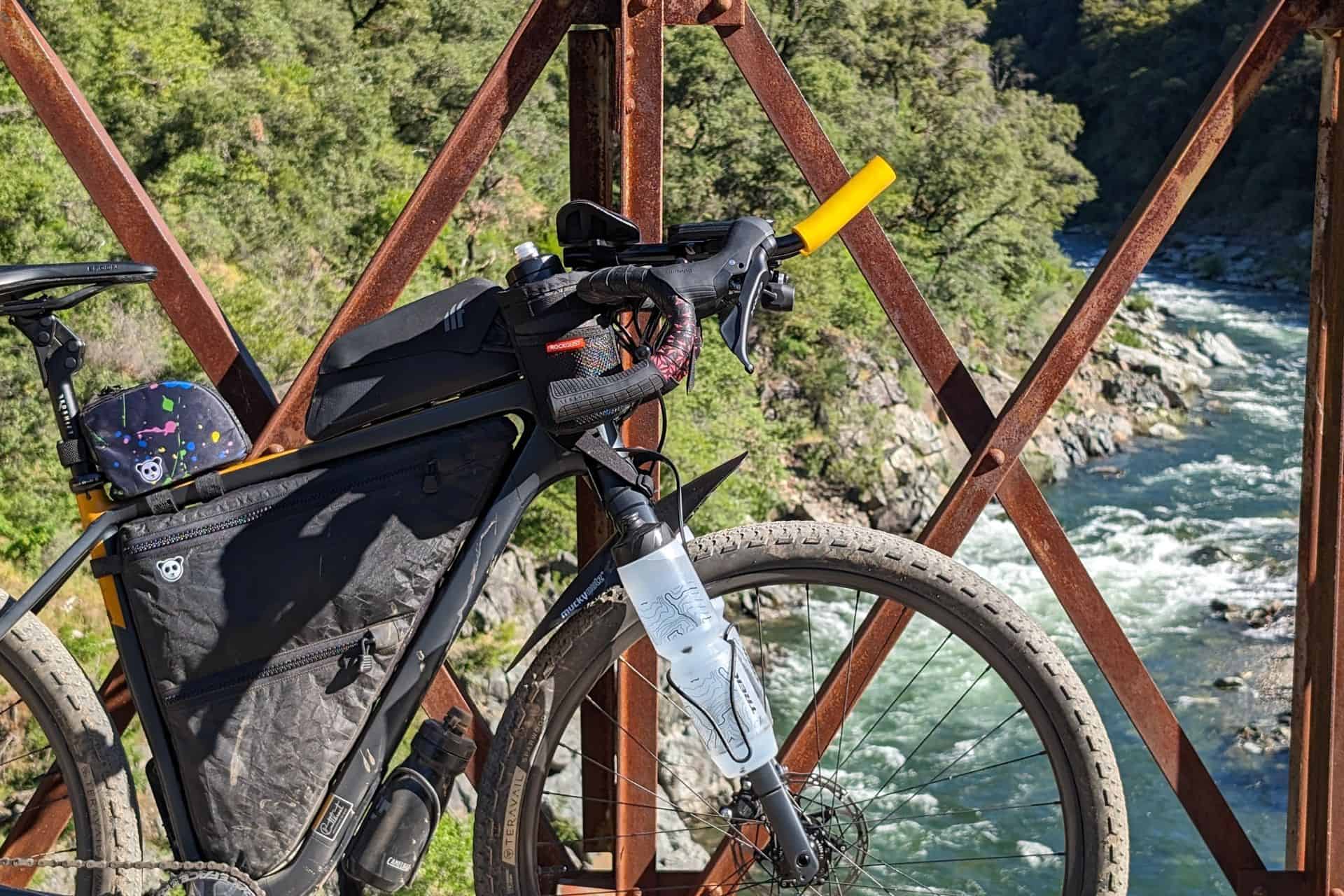17 Must-Have Items for Rafting the Grand Canyon
After winning a Grand Canyon rafting permit, I quickly started looking into what gear from the ultralight backpacking world would translate into the river world and what gear I would need to buy and/or replace. It turns out that the gear required for a river trip differs dramatically from the gear required for a backpacking expedition. Who knew?
Here are the things I quickly discovered I would need to make my trip into (hopefully) a successful one.
Drysuit

A drysuit isn’t typically recommended outside winter trips down the Colorado River through the Grand Canyon, but it’s most certainly encouraged should you wish to remain warm on a winter trip. Yes, you can rent a drysuit, but I pulled the trigger on buying one for myself (because more winter water adventures). Kokatat drysuits are made in California and are some of the best-quality suits available. If a Kokatat drysuit springs a leak they’ll repair it for free. If you punch a hole in yours, they’ll fix it (for a fee). This is essentially a buy-it-for-life item that I’m happy to have invested in.
Paco Pad
I have a lot of sleeping pads, but all of them will fit inside of a backpack – until now. I quickly learned that the Paco Pad is basically the default/go-to sleeping pad for river adventures. They’re comfortable, seemingly indestructible, and make you look like you know what you’re doing out there on the river. If you’re unfamiliar with paco pads, you may be surprised when you find out they cost $200+, but after speaking to many guides and “river people” I’ve yet to encounter anyone with something bad to say.
Water Shoes
Proper footwear is important no matter where you are in the outdoors – even in the water. A pair of water shoes will go a long way to keeping you happy (and safe) on the river. Slipping on rocks, boats, or elsewhere on a rafting trip can be a leading cause of injuries and your sandals might not cut it for an extended stint on the river. Something closed-toe will be a better investment if you want to ensure your feet stay happy and not smashed. Astral and Keen are both good options to look into if you don’t have an old pair of shoes you’re willing to sacrifice.
Dry Bags
I have a lot of dry bags from backpacking, but the dry bags required for a river trip are quite different. You’ll need something that’s not only going to stay dry, but something that’s large enough for all your gear and something that’s durable enough to withstand being tossed around boats, on shore, and potentially dragged over a hazard in the river should your gear take a swim or your craft flip. I got myself a Colorado (75.5L) and a Chattooga (22L) drybag from Watershed for my Grand Canyon trip. Honestly, I might pick up another Colorado before putting in (or maybe even a Mississippi).
Helmet
A helmet, though not officially required, should be a requirement for rafting. Sure, hitting your head in calm water isn’t much of a concern, but should you end up in the water, being flung into a rock, log, or another hazard by the current is not something you want to take on unprotected – especially if you’re leading with your head. Can you use a bicycle, ski/snowboard, or climbing helmets are typically designed for single impacts (before losing their protectiveness) and many do not protect the sides of your head. However, whitewater helmets are designed for multiple impacts and protect both the top and sides of your head. Your head/brain is important, use protection.
PFD (Personal Flotation Device)
A PFD, or personal flotation device (or life jacket), is a requirement on many rivers, including the Colorado River through the Grand Canyon. There are different PFDs out there, but you’ll either want a Type III or a Type V PFD. There are several differences between PFDs, but unless you’re trained in Swiftwater rescue or can vocalize why you need one over another, your primary concerns are going to be fit, comfort, buoyancy, and pockets. So long as you have a PFD, it’s not going to come off, and you’re comfortable in it, you should be fine.
Camp Chair
A camp chair is an excellent investment for a river trip. You’ll be spending lots of time at camp and sitting in the sand or on rocks will get old quickly. Weight isn’t something you need to worry about too much, so don’t be afraid to splurge a bit on a bigger and more comfortable chair. The NEMO Stargaze Recliner is a great (albeit expensive) option, but if you’re going to be spending lots of time in a chair every day, you’ll want it to be comfortable. I was hesitant about this chair at first just looking at it online, but after actually sitting in it I can confirm it’s awesome.
Portable Power Station
A power station is essential on a long river trip as far as I’m concerned (I know that many of you will disagree). We’ve got cameras, headlamps, lanterns, flashlights, headphones, speakers, phones, e-readers, and more to charge on the river (at camp) and a Jackery portable power station will handle all these devices (and more) with ease; I’m bringing the Jackery Explorer 1500. I’ve also got two SolarSaga 100W Solar Panels to charge it, but I’m still undecided as to whether these will be accompanying us on the trip. There won’t be a ton of sunlight in winter (when we’re setting out), but a few solid hours on a layover day could be all we need to get the 1500 back to 100%.
Binoculars
After my first river trip, I learned a pair of binoculars are an excellent addition to river gear. You can use them to scout rapids, to look for other boats, to spy on animals, to watch birds, to find campsites, or to creep people out (people don’t respond well to someone staring at them with binoculars). I got a pair of Nocs Standard Issue 8×25 Waterproof Binoculars for my trip – they’re waterproof, compact, rugged enough to not require careful handling, and come in awesome colors. I don’t know what else I could ask for (maybe night vision?)
First-Aid Kit
The ultralight backpacking world has a bad habit of discouraging people from bringing proper first-aid supplies into the wilderness. The river world is an easy place to break this habit as weight is far less of a concern. The National Park Service requires you to have one first-aid kit per boat and despite my not having found what’s required in these kits, I will be outfitting mine with everything I can imagine using (and everything I know how to use). I would also recommend looking into a Wilderness First Aid or Wilderness First Responder course if you plan on being in a remote area (like the Grand Canyon) for an extended time.
Rubber Boots
Shoes come up a lot more than I expected on a river trip and it turns out that having a pair of rubber boots that you can easily put on and take off at camp can save you a lot of hassle. Getting in and out of boats to get gear, food, drinks, or whatever else (or going to the river’s edge to pee) can be a pain if it requires you to get your feet wet after you’re dry and comfortable at camp. Getting a pair of rubber boots to make life easier will most certainly improve the overall happiness level on your trip.
Locking Carabiners
Locking carabiners are something you’ll want multiple of on a Grand Canyon (or any) river trip. Is it important that they’re locking? Yes. Does it matter which lock? No. You’ll use them for attaching gear to boats, building anchors, doing rope things, and possibly in rescue situations. And probably bring an extra one or two in case you end up accidentally dropping one into the river.
Glasses Retainer
Sunglasses are an important part of any outdoor adventure – especially on the river. The problem with rivers? It will eat your sunglasses if you’re not careful. So invest in a sunglasses retainer – or a pair of Ombraz! An inexpensive piece of cotton is most certainly better than having to replace your sunglasses (after you’re back from the river, that is).
Waterproof Hard Case

I’ve gotten myself a number of hard cases for my Grand Canyon trip. I’m using Pelican 1500 Protector Case for my camera gear, another for my major first-aid kit, and another for my gear/boat/life repair kit. I also have some smaller waterproof hard cases for my minor first-aid kits and miscellaneous electronics. I’ve probably gone a little overboard with the number of hard cases I’m bringing, but I like organization and when weight/space aren’t necessarily at a premium, I feel comfortable bringing more.
Work Gloves
Work gloves? Yes, because you’ll be working. Unloading and loading boats is a lot of work and your hands will take a beating during the process – especially if you’ve been rowing all day. Investing in a pair of gloves for loading and unloading boats can (and will) save you a lot of pain (literally and figuratively). You probably want something that will protect your fingers should you get them wrapped up in some rope or stuck under something heavy (i.e. your sun/rowing gloves likely won’t do the trick).
Waterproof Phone Case
I know I already mentioned a waterproof hard case above, but I felt it necessary to also point out that there are far smaller, phone-sized, waterproof hard cases available as well. I would suggest that you get something that can be attached to the boat and that you get something transparent so that you won’t have to be constantly opening and closing it to make sure your phone is (or isn’t) inside of it. I also have a second one of these which I keep my memory cards, extra batteries, and smaller electronics in.
Packraft
Okay, it’s not a must-have (unless it’s your primary means of transportation through the Canyon), but a packraft is an excellent addition to a river trip. I’ll be bringing an Alpacka Gnarwhal along in the canyon and I can’t wait to run some rapids in it. Bored of rowing? Get one of your novice crew members to hop on the oars and run some rapids in the packraft instead. A sub-ten-pound packraft will add an entirely different perspective to your adventure versus an 18-foot couple-thousand-pound raft.
Is everything listed here 100% necessary to raft the Grand Canyon? No. You could do it with far less. However, for a nearly month-long trip with over a dozen people, I would venture a guess that most of these items fall into the “you probably want to have this” category.
There are a few other things I’m waffling on right now – namely a UV flashlight (for finding glowing scorpions) and a light-up bocce ball set – but I will likely end up pulling the trigger on most of the “maybe” items as well. Once we’re in the canyon, there’s no sorting out our gear along the way; what we bring with us is all we have.
What do you think? Have anything that you think needs to be added to this list? What are some must-have items for long river trips? Leave a comment below and let me know!
Affiliate Disclosure: This page may contain affiliate links, which means I may receive small commissions for purchases made via these links at no additional cost to you. This helps pay the bills and keep the site up and running. Thank you for your support!






